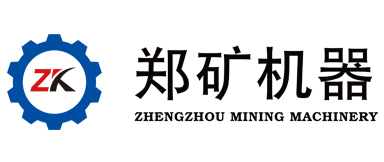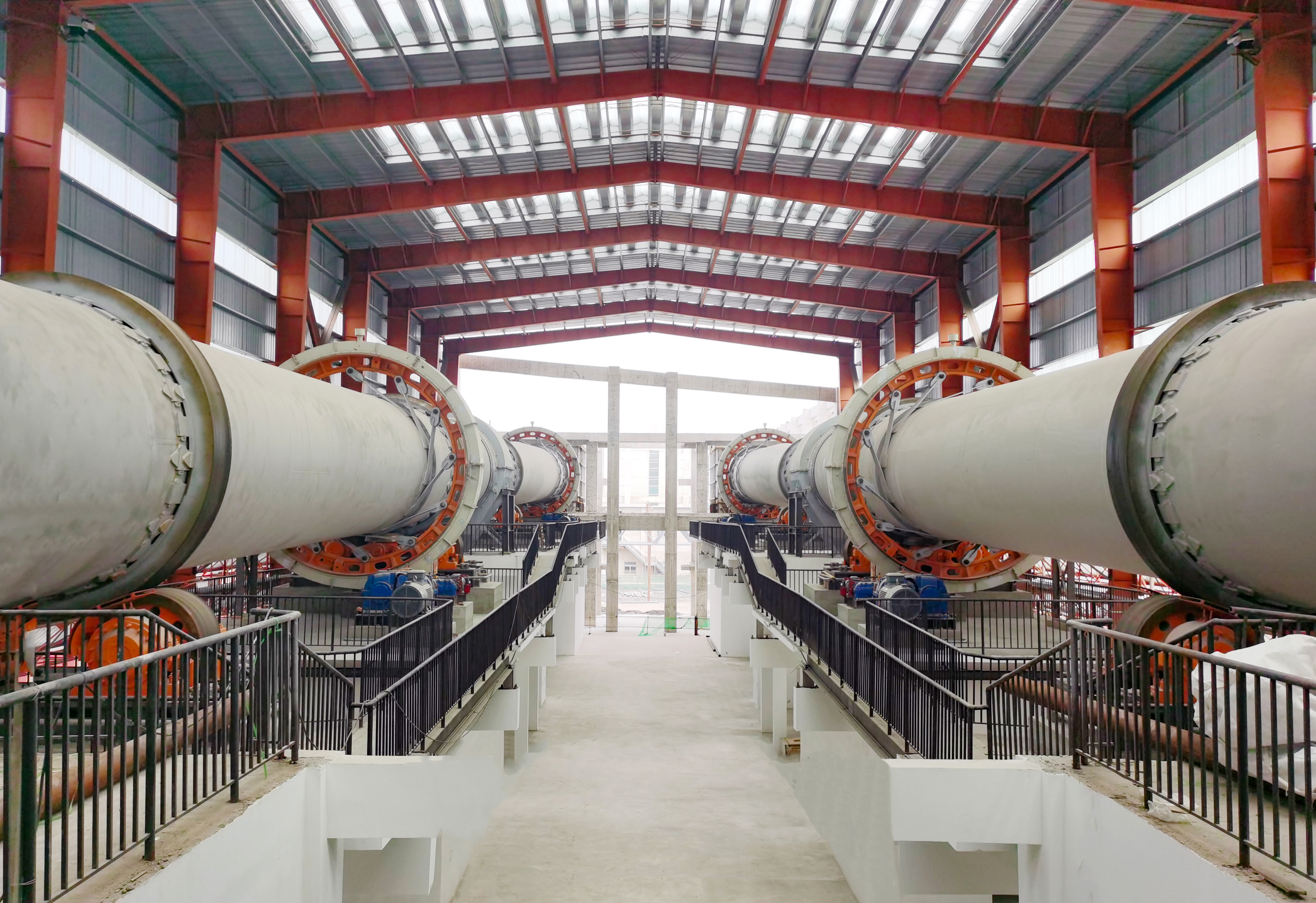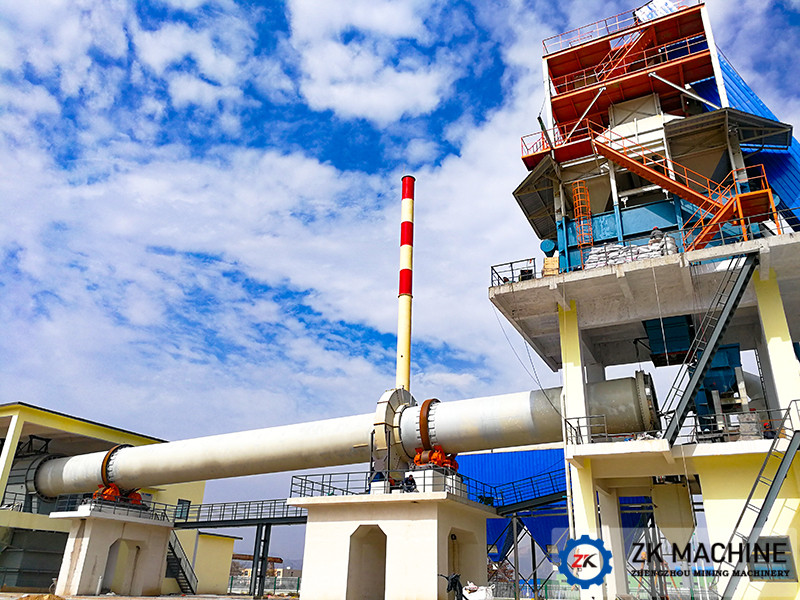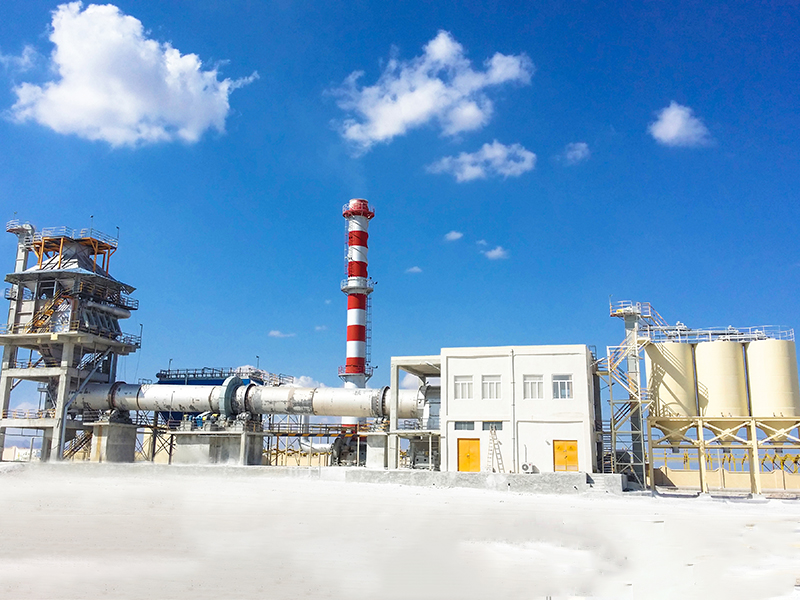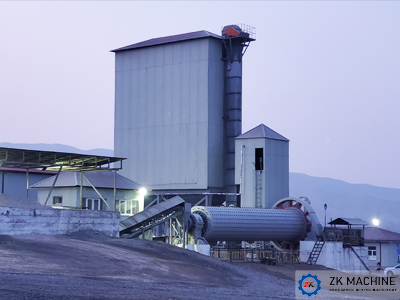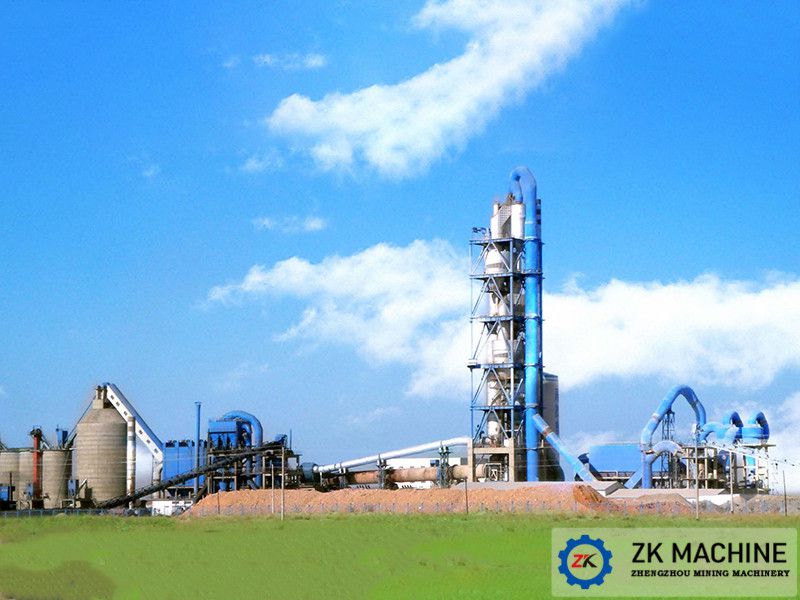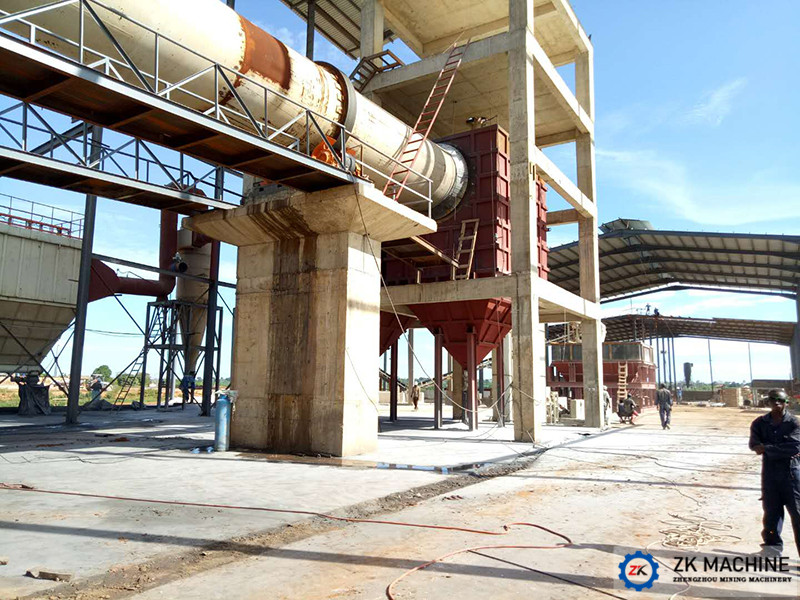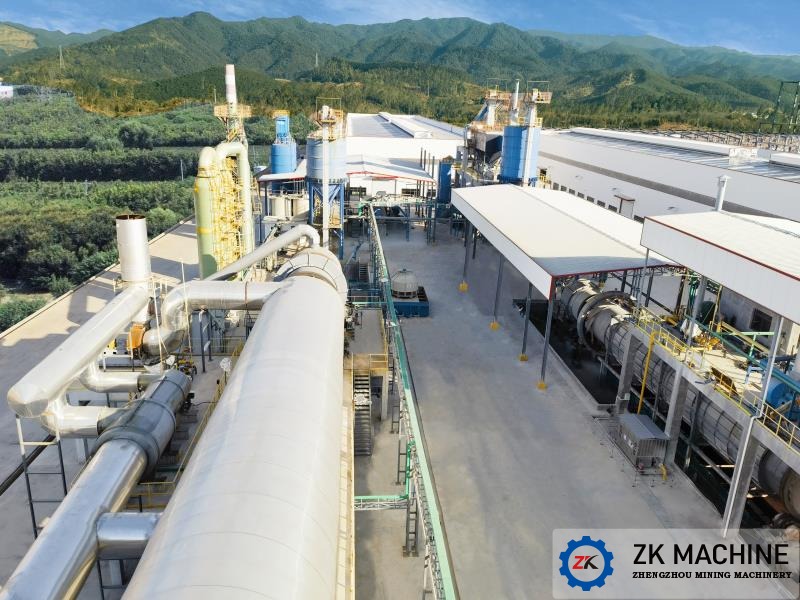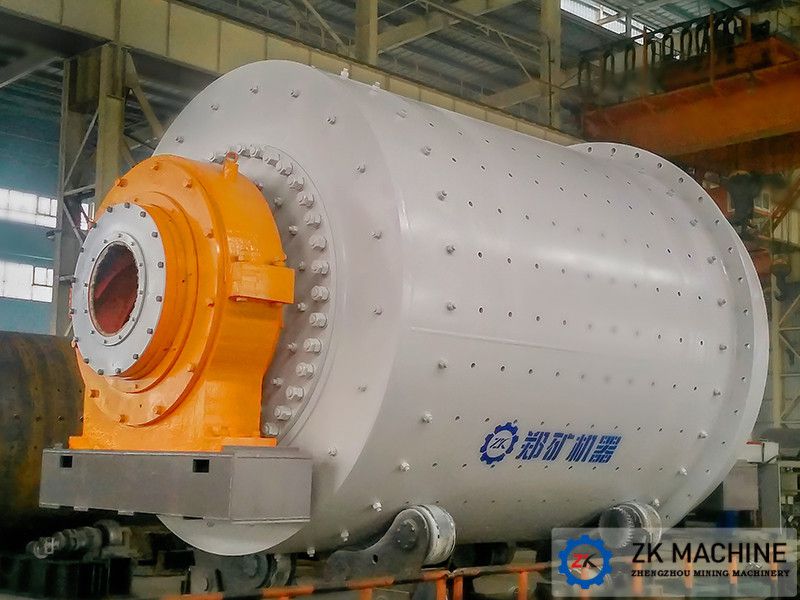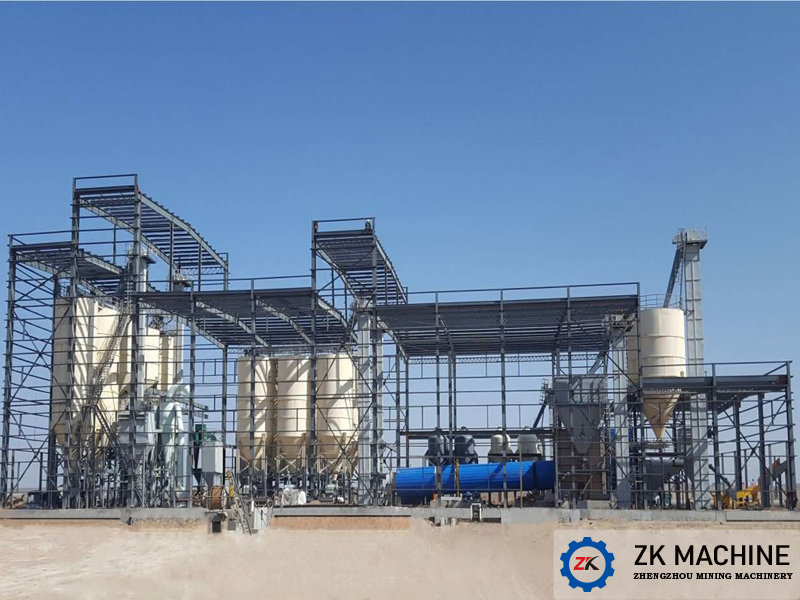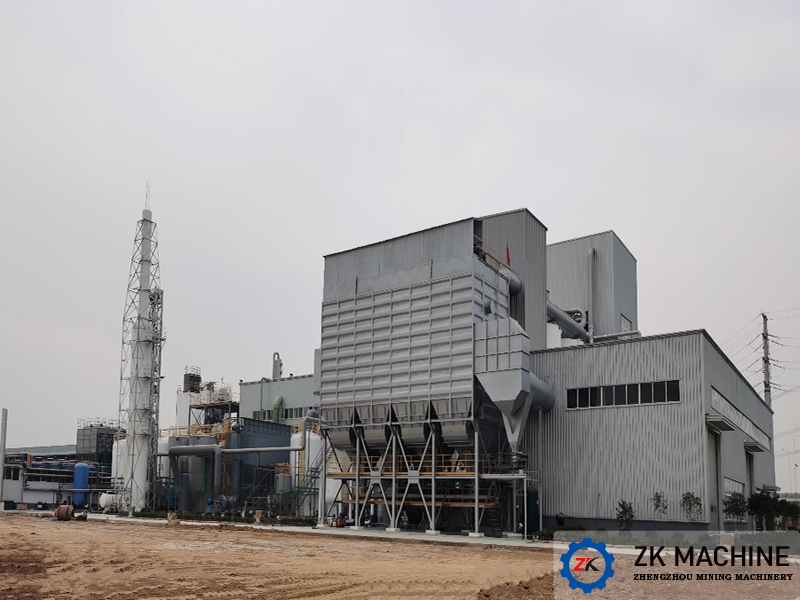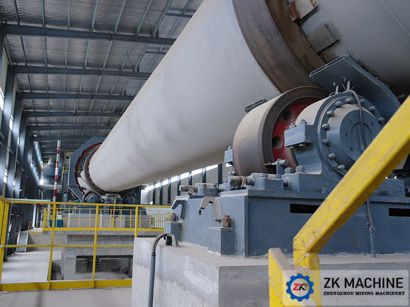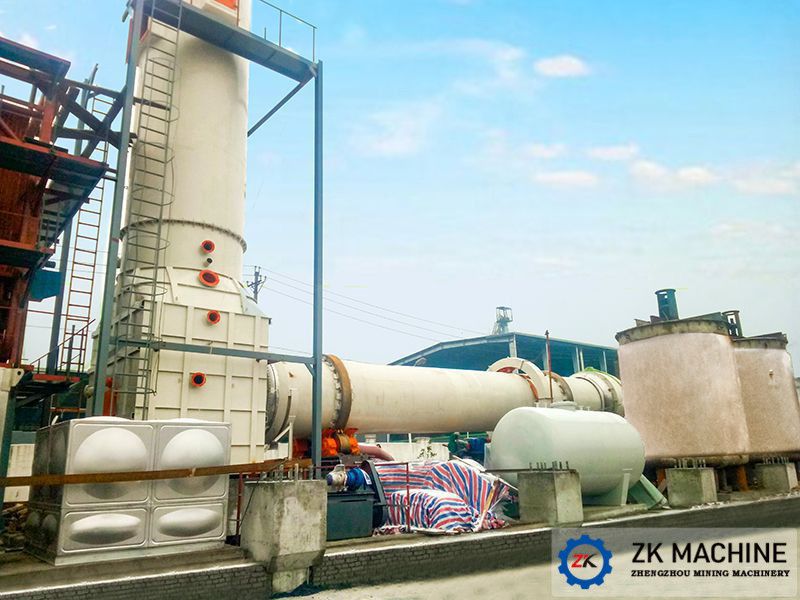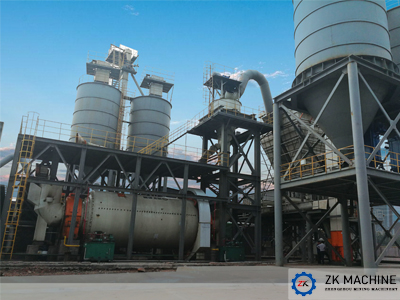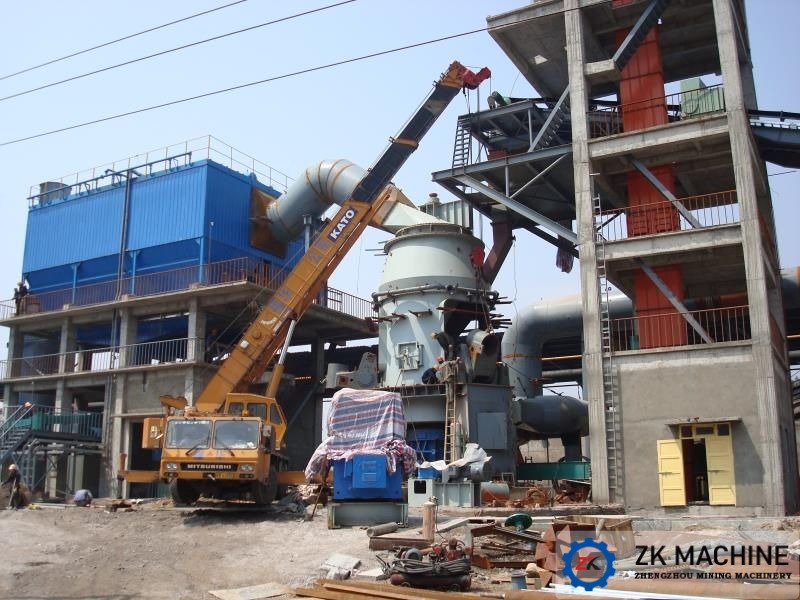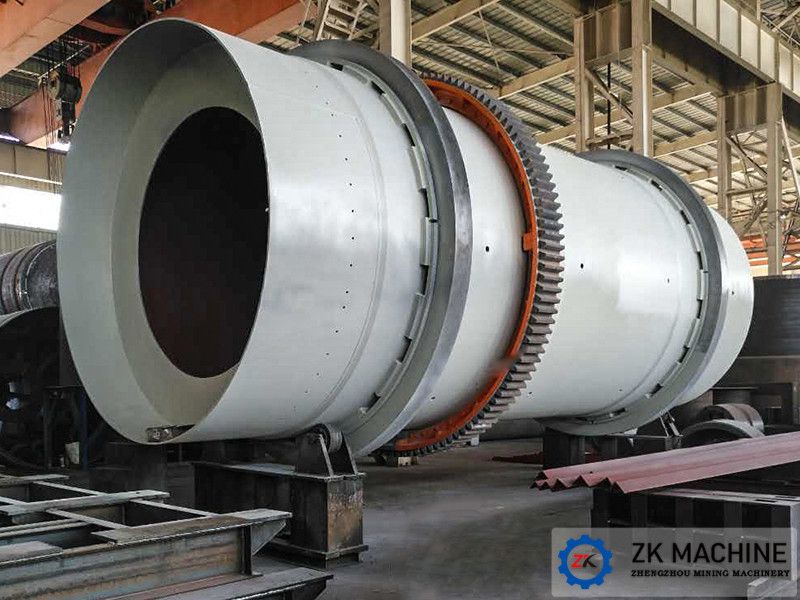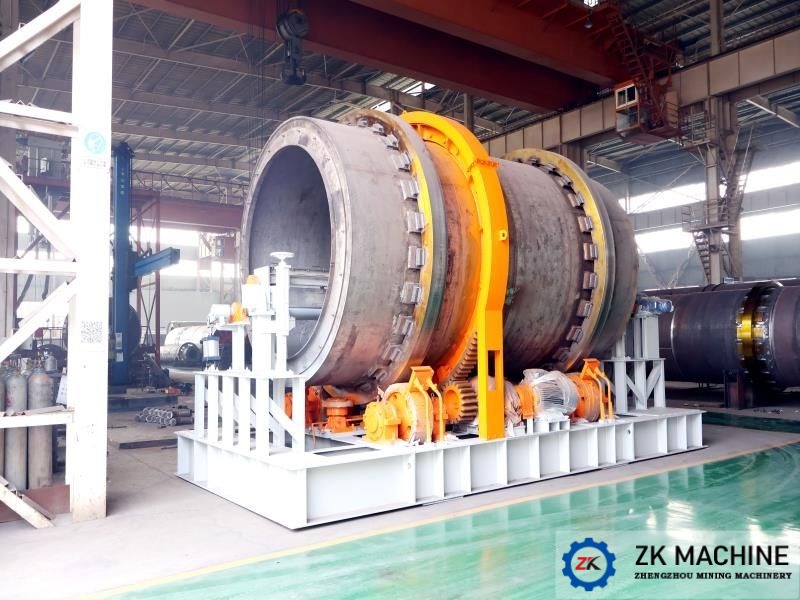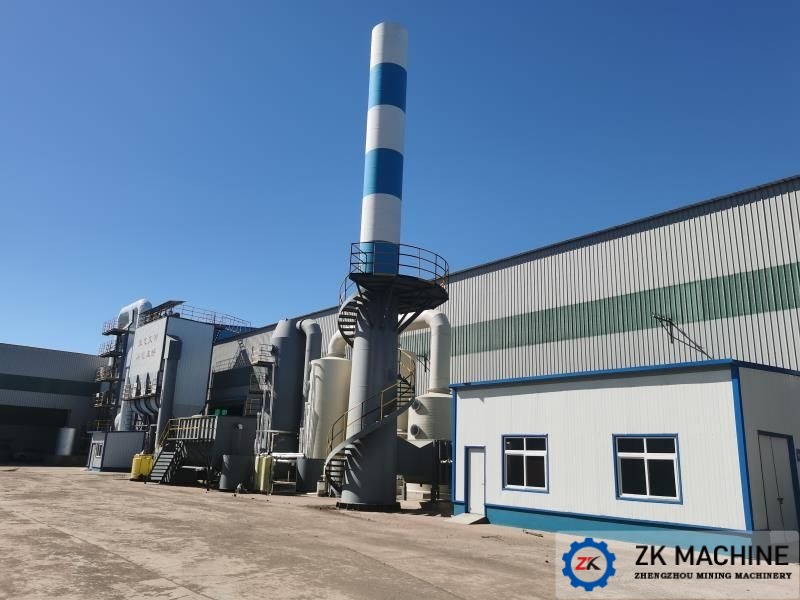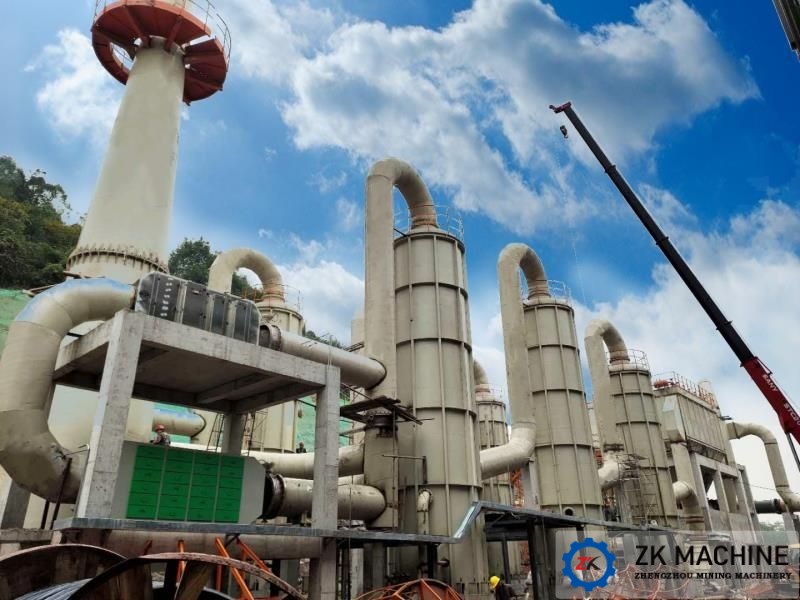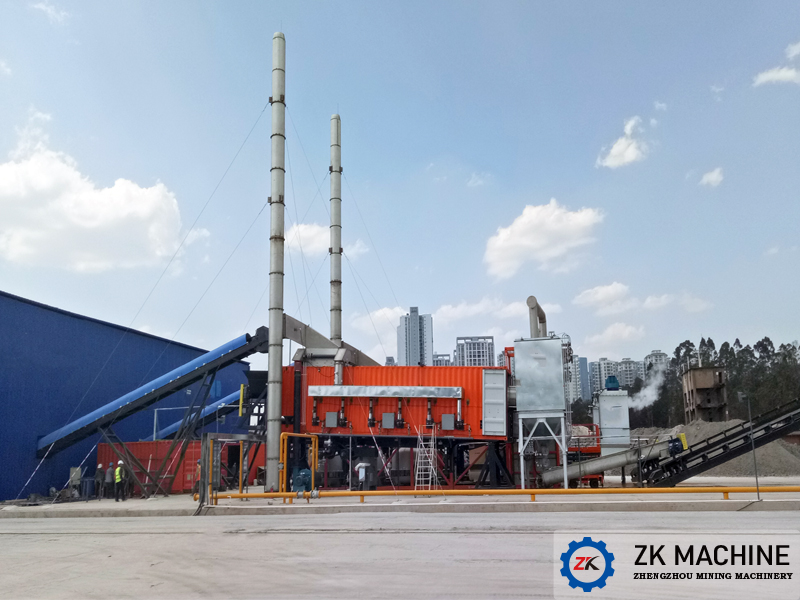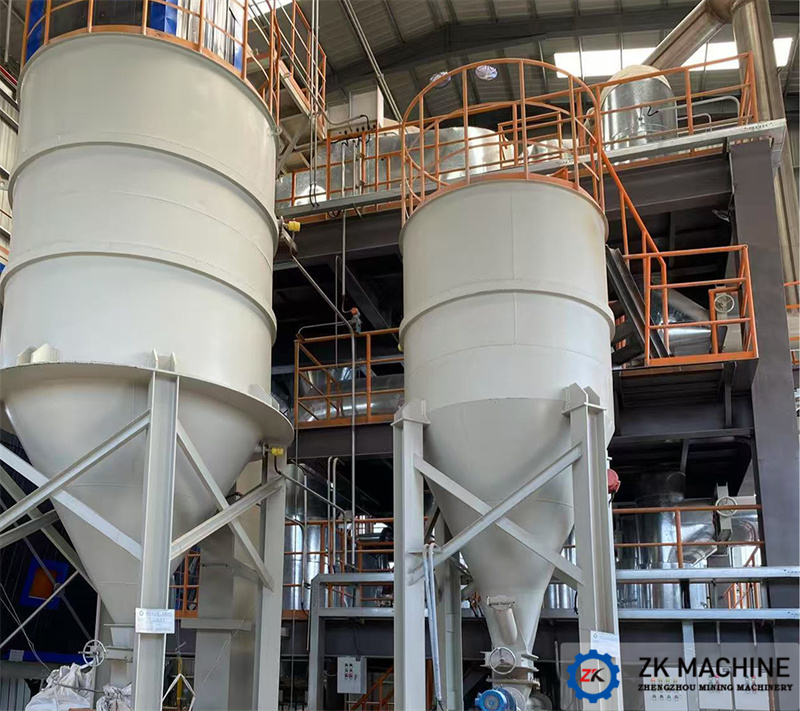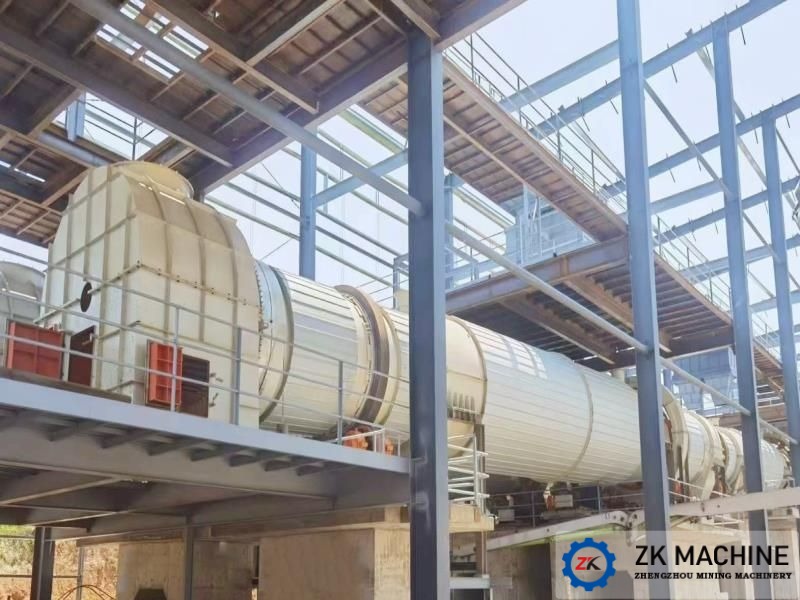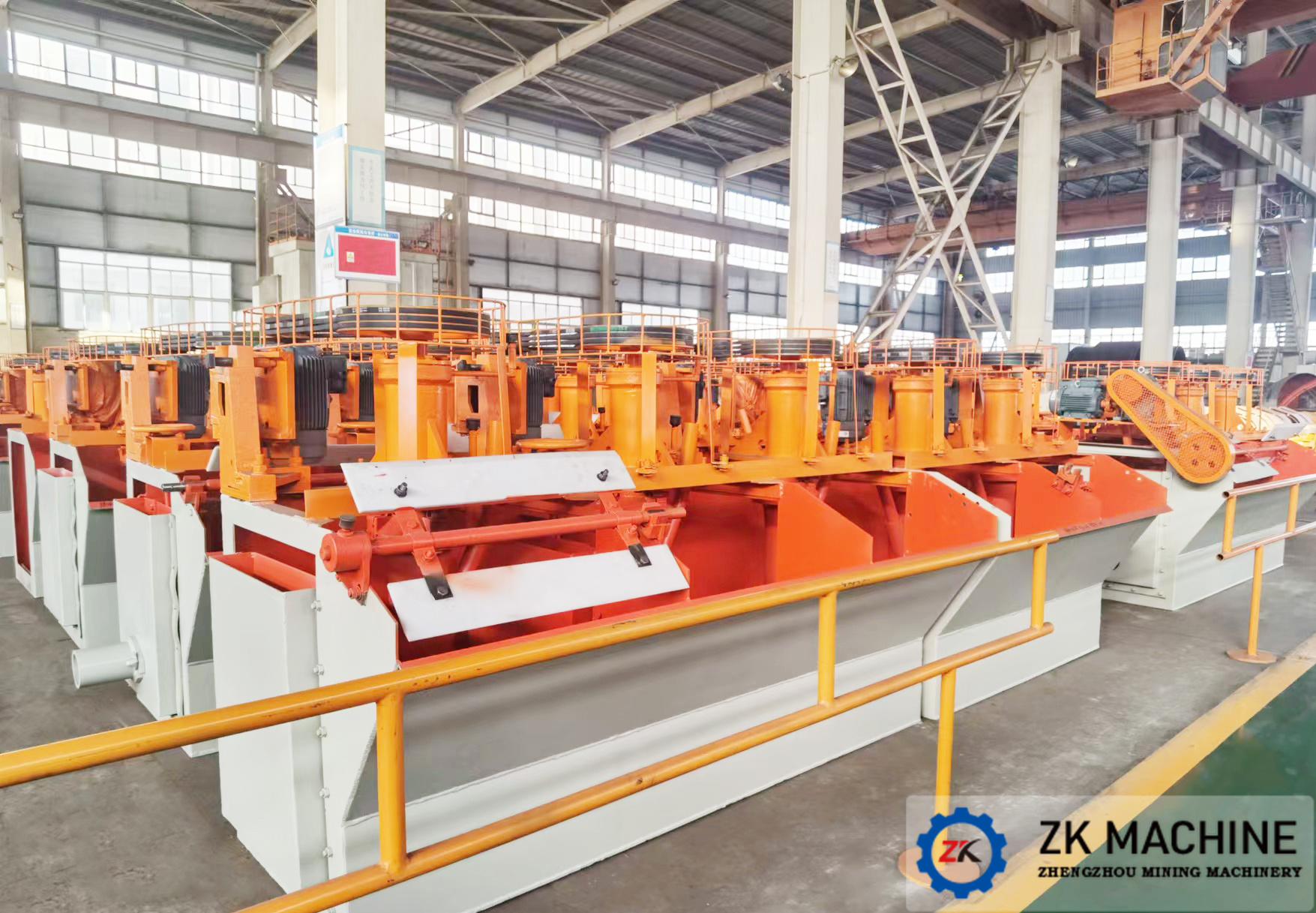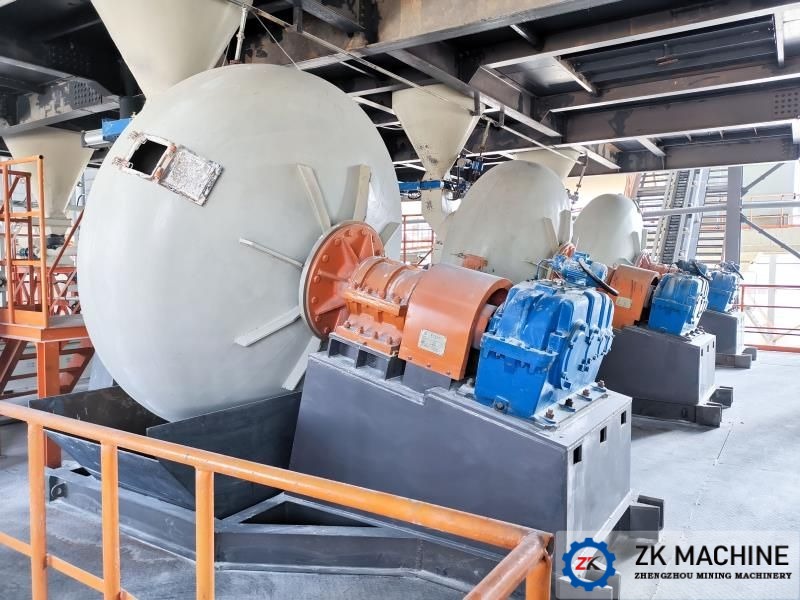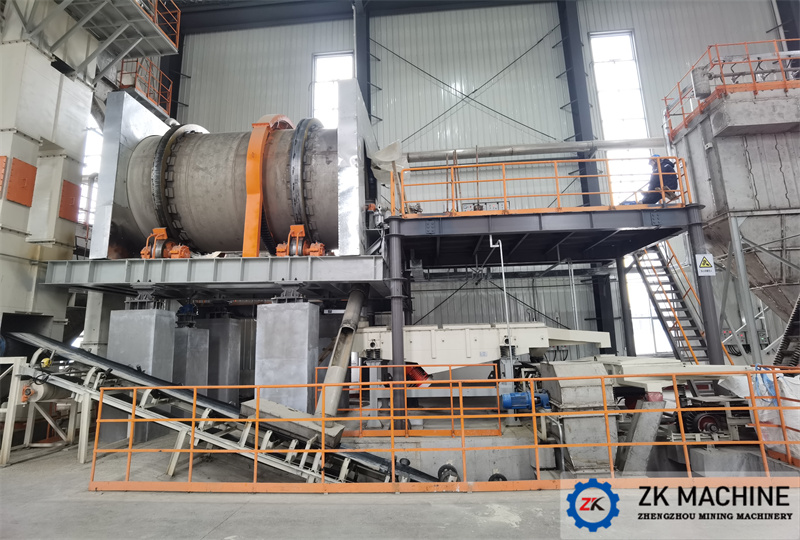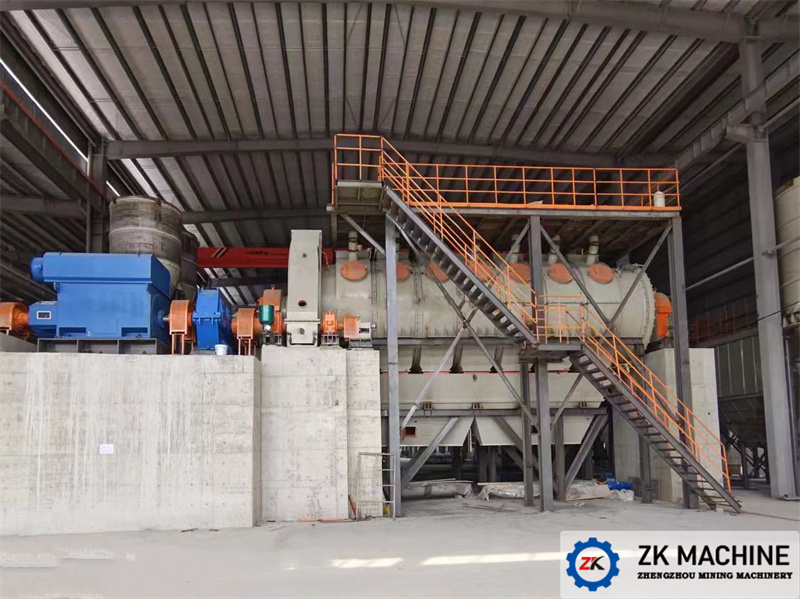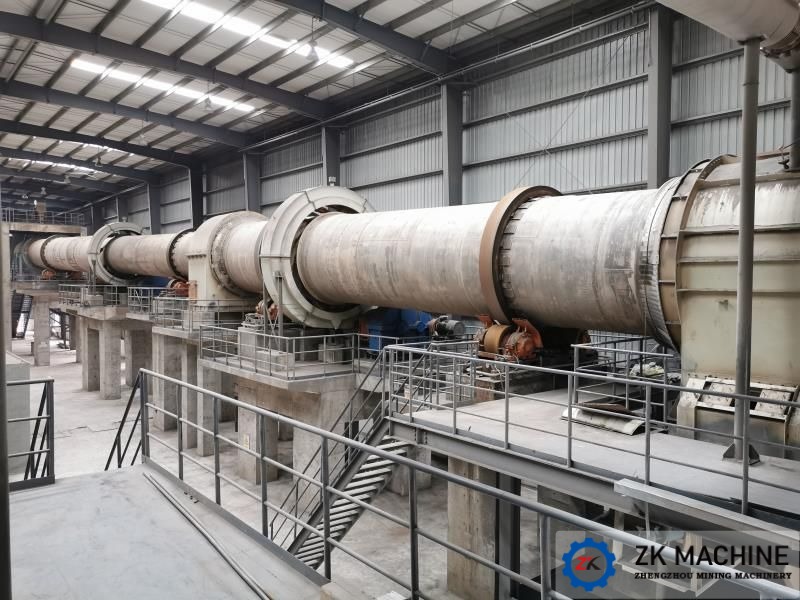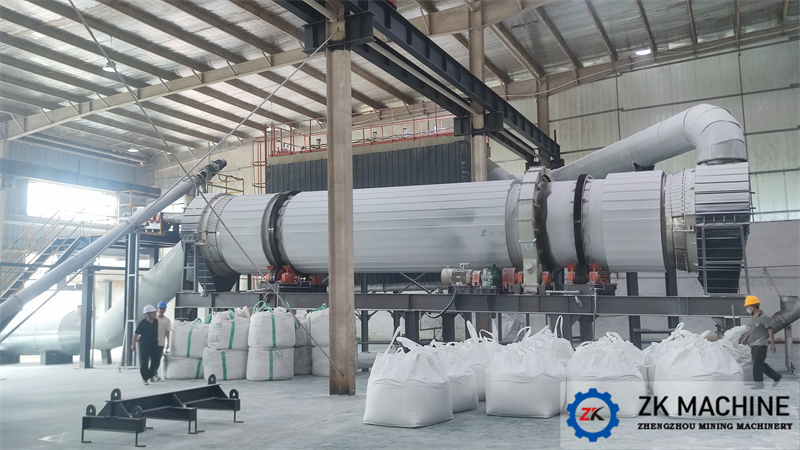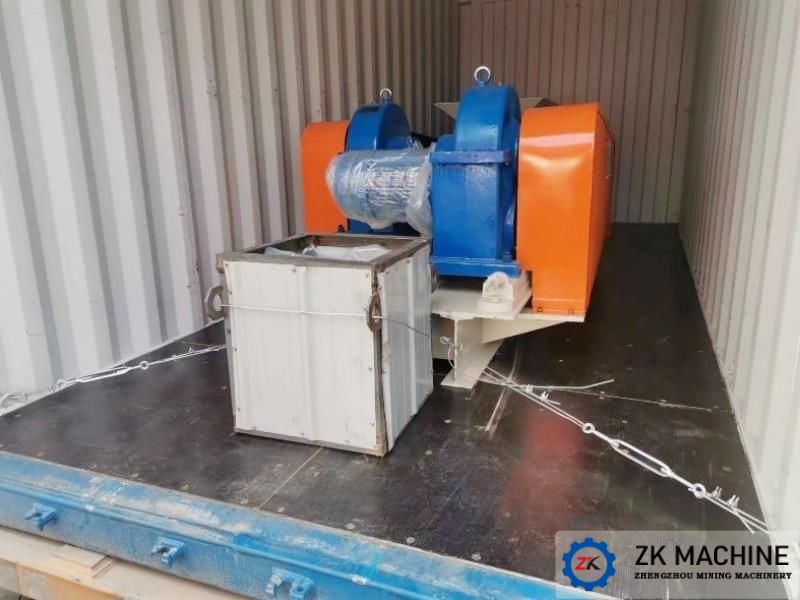Shaftless Screw Conveyor Overview
Shaftless screw conveyor is a form of screw conveyor, its main application areas are: wastewater treatment, sugar industry, fishing industry. It is widely used in solid waste treatment, fruit and vegetable processing, beverage industry, paper industry, chemical industry, general food industry, meat processing plant, slaughterhouse and public catering industry, etc.
The conveying principle of the shaftless screw conveyor is basically the same as that of the general screw conveyor, except that the screw has a difference in structure with and without a shaft. The shaftless screw conveyor is welded into a cylindrical helix with thicker helical ribbon blades. There are short shafts at both ends of the helix or one side. The short shaft at the driving end of the helix is connected to the driving mechanism. The shaftless helix is driven by the driving mechanism to rotate.
When the shaftless screw conveyor is working (rotating), the screw body is like a rotating screw shaft, and its helical blades drive the material to move along its axial direction. When the screw body rotates continuously, the material is also continuously conveyed, so that the material is continuously conveyed to the discharge port and discharged.
When there is material in the shaftless screw conveyor, the material will form a protective layer between the screw body and the inner wall of the casing, so that the screw body does not directly contact the inner wall of the casing, so the wear on the casing and the screw blades is relatively small. When the spiral body is running idly, the spiral body is in sliding contact with the lining plate at the bottom of the inner wall of the casing. The lining plate adopts reasonable materials and structures, which can reduce the wear on the spiral blades.
The screw body of the shaftless screw conveyor has small movement resistance and large carrying capacity, which can handle quite mixed materials. Shaftless screw conveyors have fewer components, making the conveyors require less maintenance. Due to the design of no intermediate shaft, it effectively prevents the failure caused by the blockage of the material during the conveying process.
